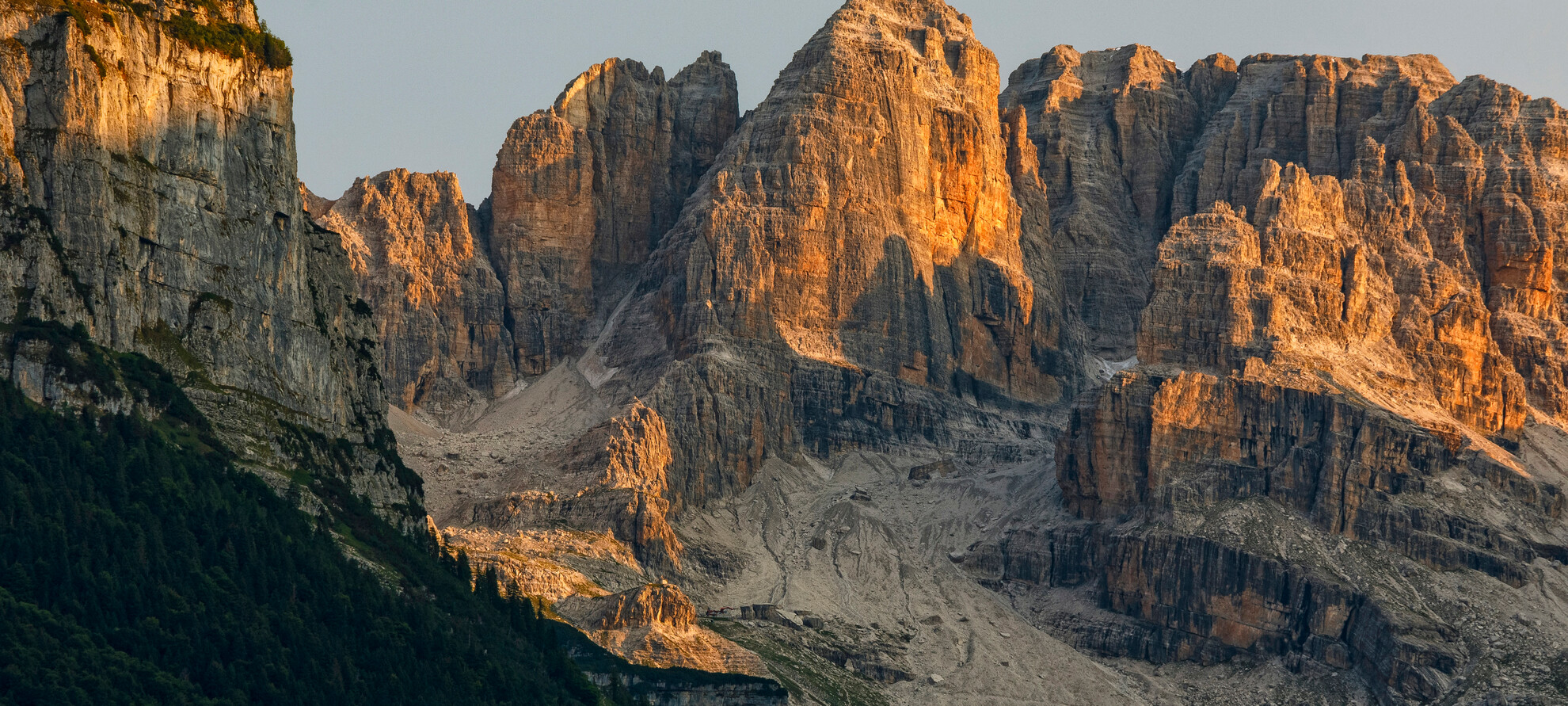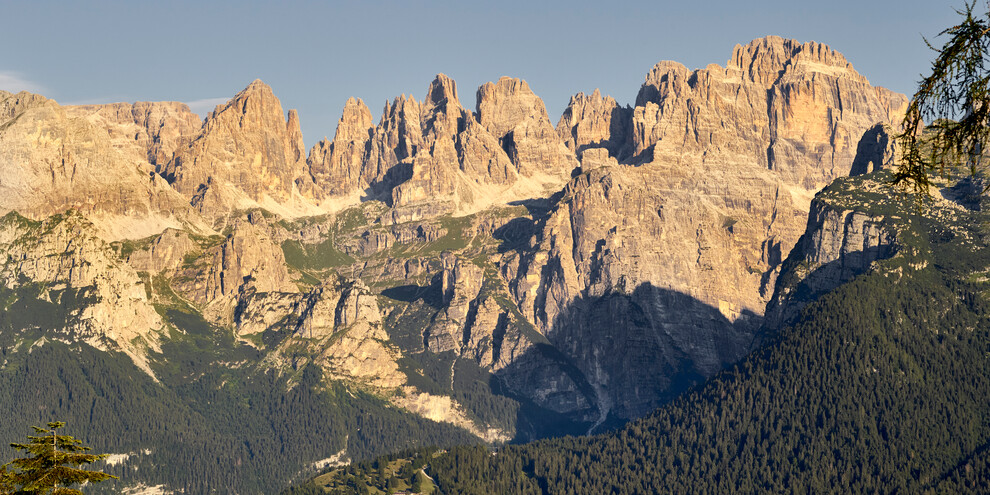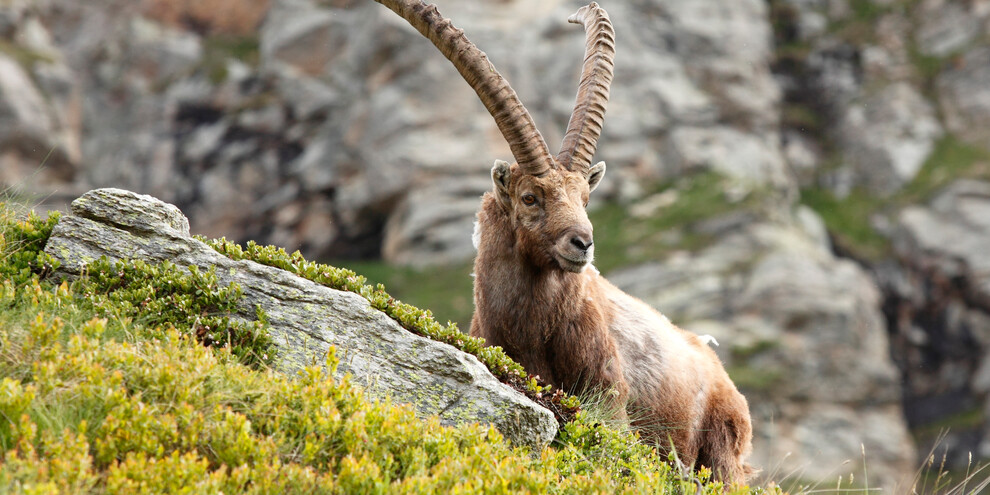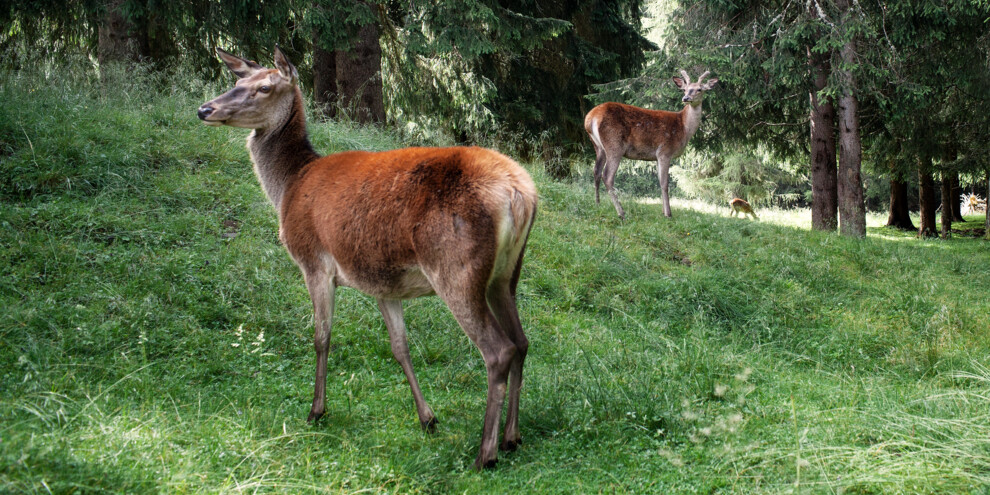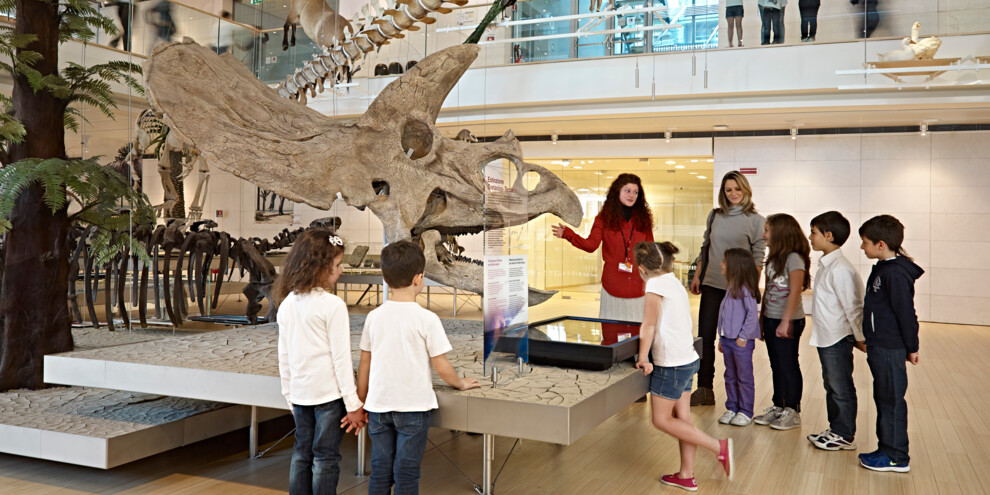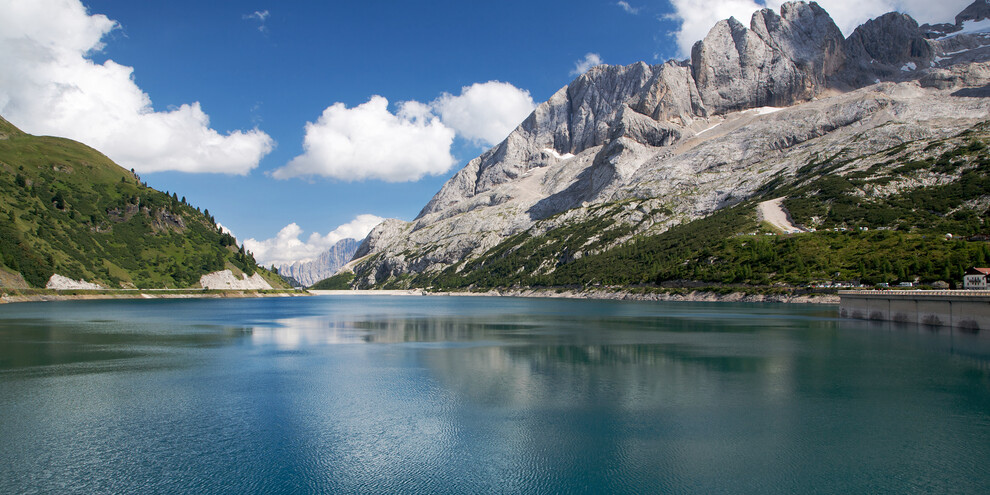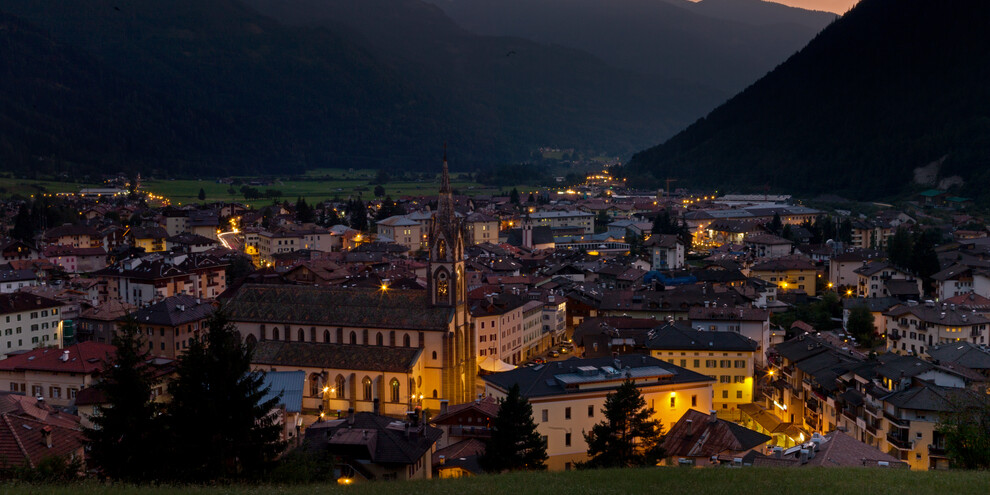A spectacular territory, offering awesome views and the chance to broaden your knowledge
The scientific and nature aspects of the “Monti Pallidi” (Pale Mountains), inscribed as a Unesco World Heritage Site
Do you know that where today we see the Dolomite peaks, millions of years ago there was a tropical sea? And that in the nineteenth century, a small hotel in a tiny village in Trentino became a landmark and meeting place for European scholars, intellectuals and artists? The composition of the Dolomites, their history and wildlife have always been studied and have also been a source of inspiration in many fields.
That’s why we thought it was a good idea to collect the most interesting and unusual stories to explain how important the Dolomites have been and still are, from the point of view of scientific research and nature-related studies. A World Heritage Site, offering awesome views and the chance to broaden your knowledge.
Published on 19/10/2021
